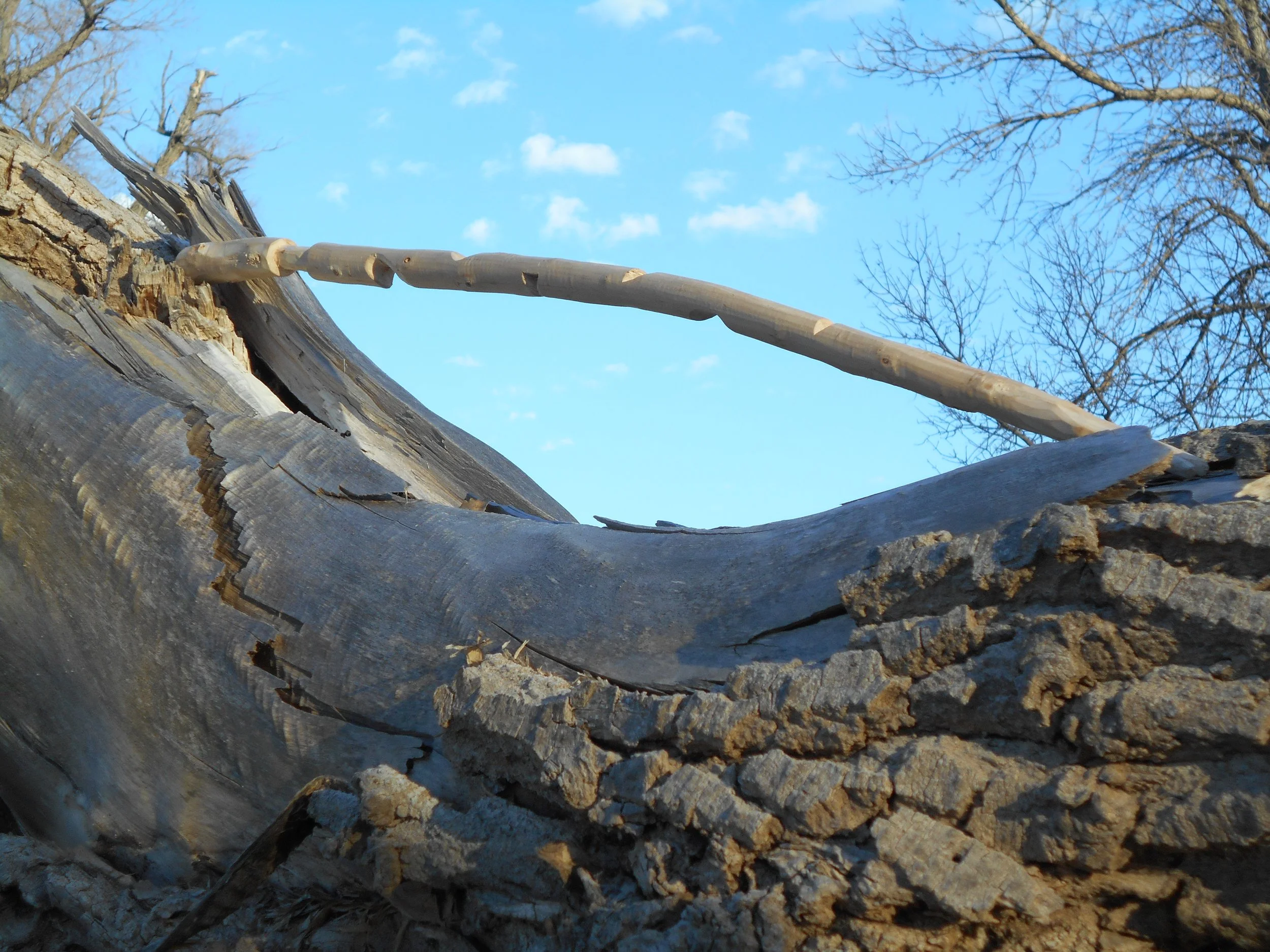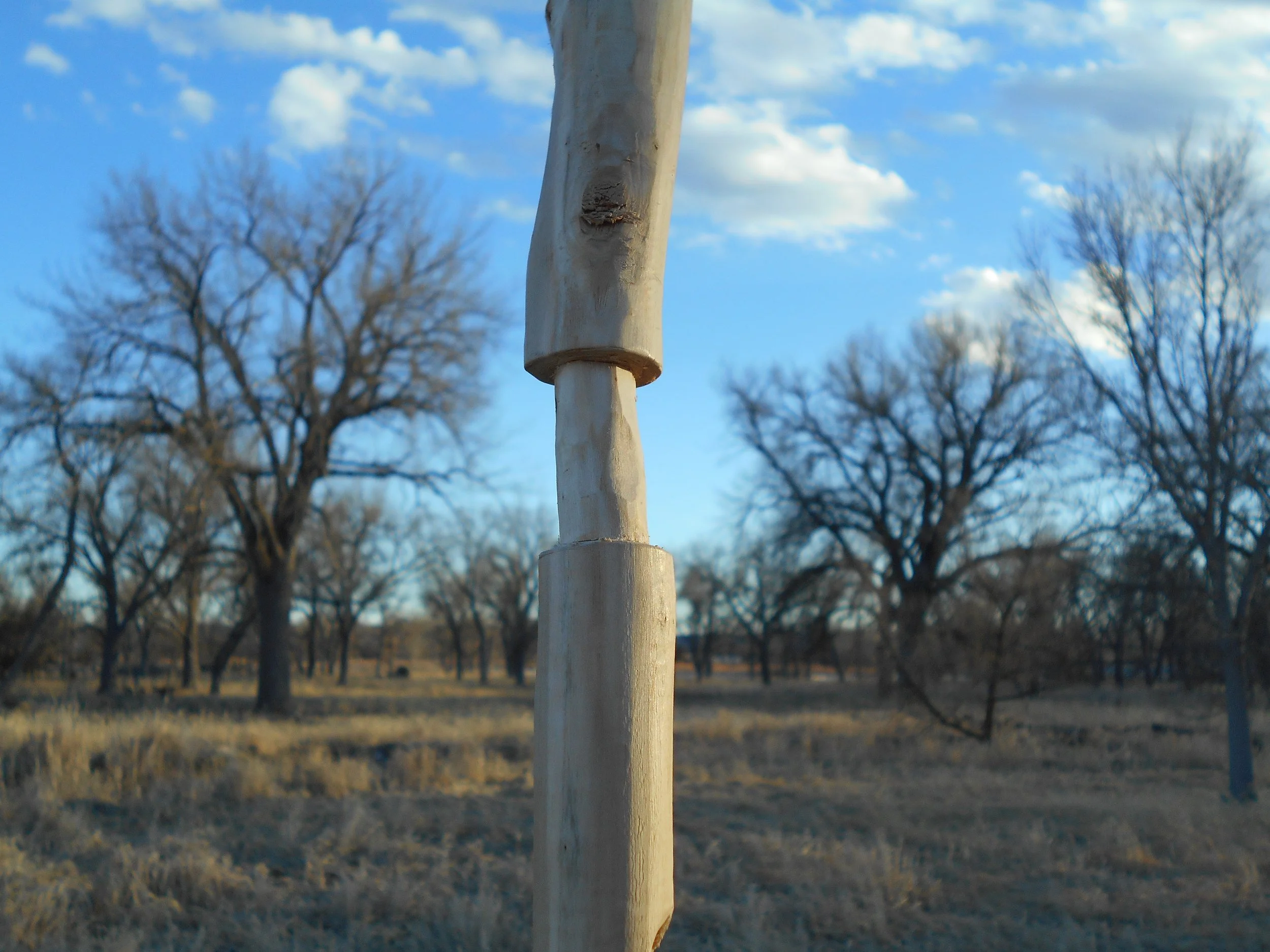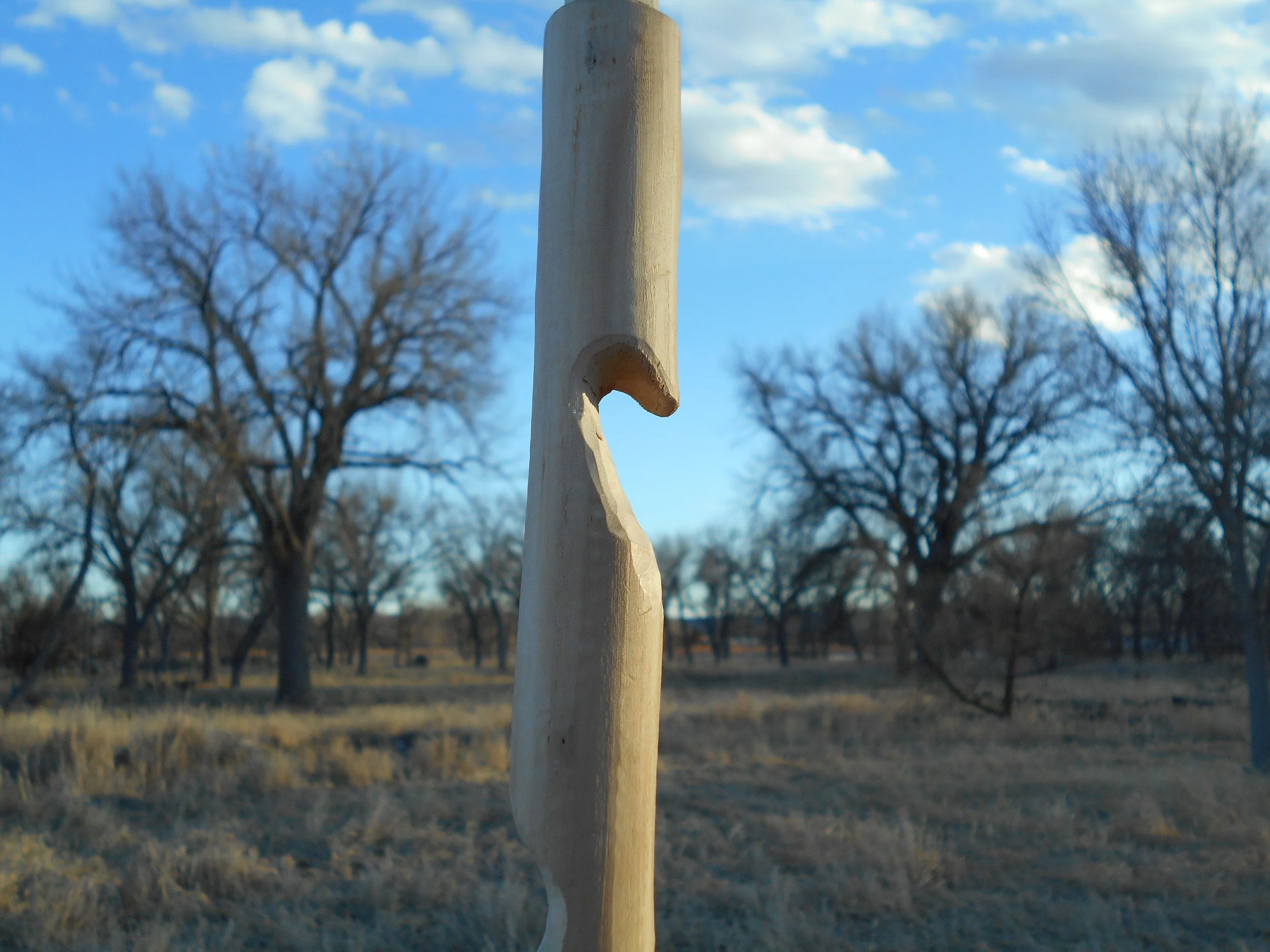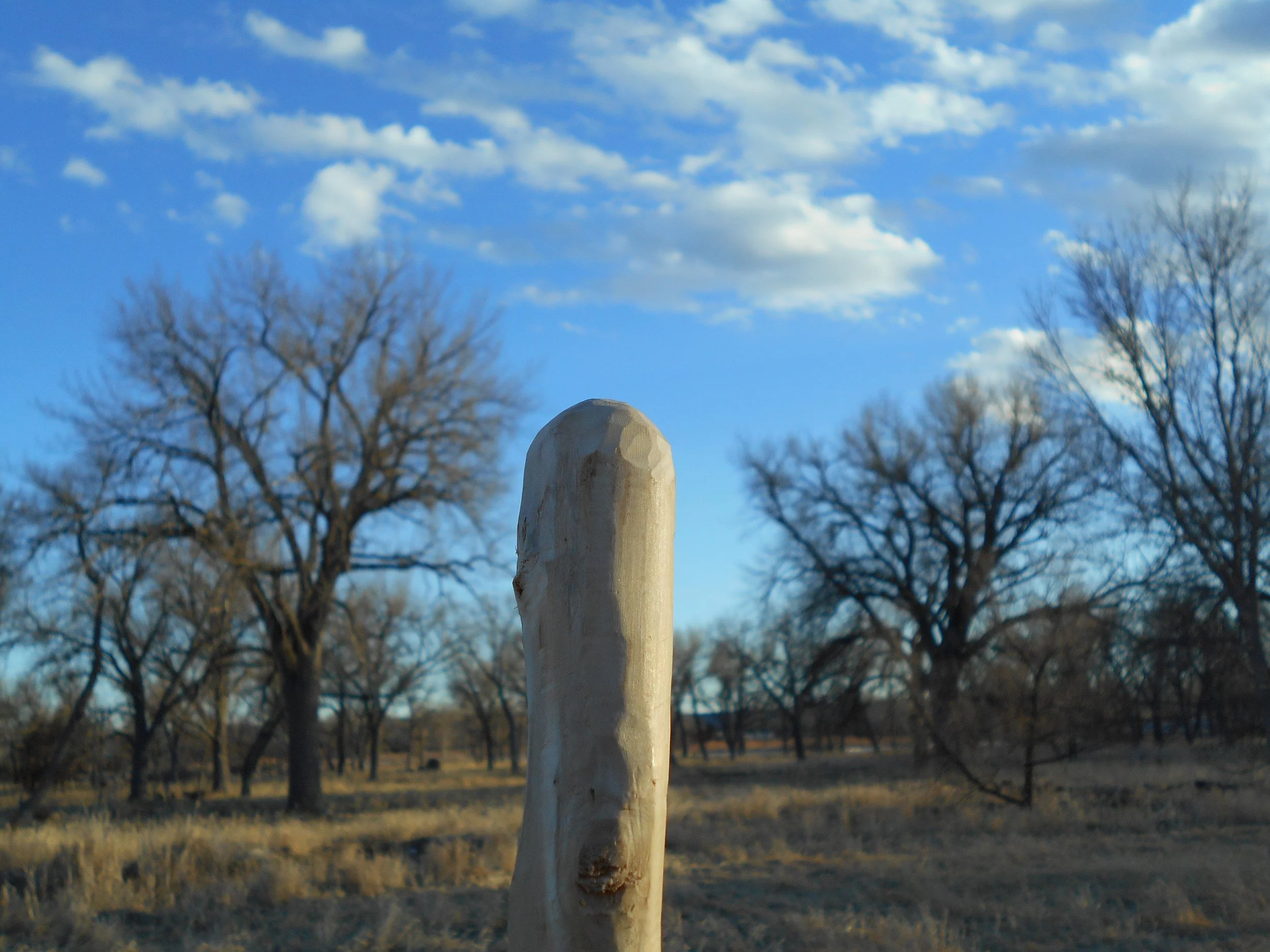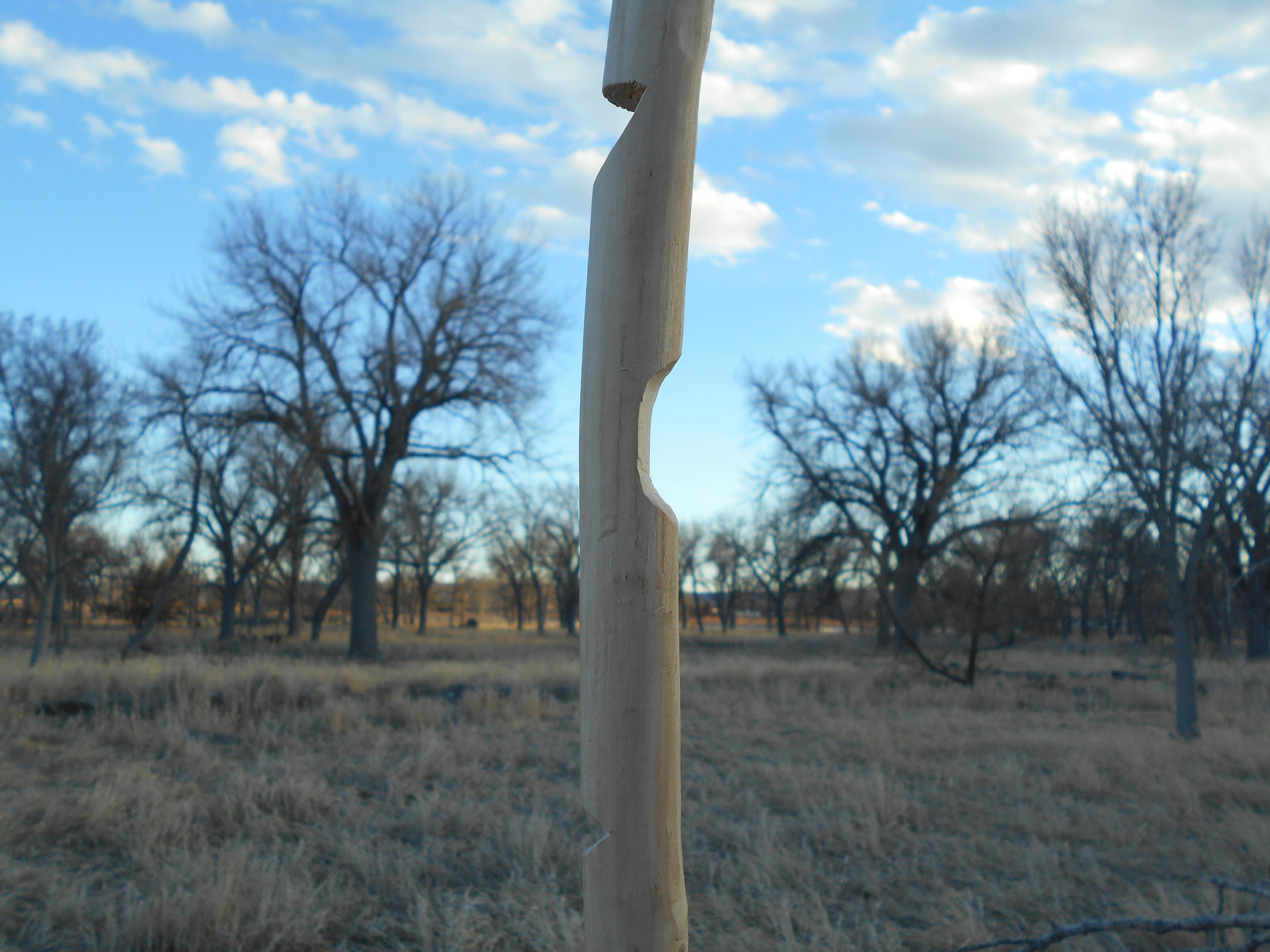Wilderness Knife Skills for Beginners
LIKE MANY BASIC SKILLS, THESE WILDERNESS KNIFE SKILLS FOR BEGINNERS ARE THE FOUNDATION YOU WILL USE FOREVER.
Study different cultures around the world, and you’ll find almost all of them incorporate cutting tools of some kind. Honestly, although I can’t say for certain, my guess is that all of them do. People have been using cutting tools for a long time. A knife is simply an essential tool for wilderness living. There are just so many jobs you can do with a knife, it would be hard to imagine heading into the woods without one. This has been true over the course of history as well. Mountain man Osborne Russell describes meeting a group of Native people in the early 1830s who gladly traded piles of fur to replace the single worn-out knife they had. Having a good knife is a basic must-have when going camping.
Even if you’re new to wilderness camping, you probably know you will need a knife. Personally, I like a solid fixed-blade knife like this Knot Wrench knife. They are reliable, rugged, and the belt sheath keeps them out of the way. Regardless of the knife you use, you might not quite know what skills you need to have. In order to help people understand the basic wilderness knife skills for beginners, I’ve put together a list of things to consider. It’s not a comprehensive list but is a good starting place. This is especially true if you don’t have much experience.
That being said, here are some recommended wilderness knife skills for beginners.
SAFETY FIRST
The first wilderness knife skill for beginners is to use it safely. Knives are great tools that can do a variety of tasks. However, if misused, they can also cause serious injury or death. Seriously. One source on the subject of bleeding states a person can die from a severed artery in as little as two minutes. Other sources back up the idea as well. It’s not something to play around with.
Probably the most discussed artery in terms of knife safety is the femoral artery. The femoral artery runs on the inside of your thigh and supplies blood to the lower body. Perhaps more than other arteries, it is associated with accidental knife injuries. Partly, this is because many outdoorsmen sometimes use their leg as a prop when cutting something. If done incorrectly, this could lead to accidental wounds of the femoral artery. This leads us to the first major safety concern; don’t put anything behind the blade you don’t want to cut.
This idea is straightforward. If you don’t want to cut it, it shouldn’t be behind the blade. Things slip. Pieces of wood come off unexpectedly. Things go wrong. WHEN (not “if”) the knife slips, you don’t want it to unintentionally cut you or someone else. I’ll admit I’ve learned this one the hard way. When I was younger, I cut my fingers enough times to testify to the slippery nature of knives. You can do better than that.
One way to avoid sudden slips with the knife is to follow the second safety rule; always use the smallest muscle to get the job done.
Essentially, if you can use the muscles in your thumb to work the blade, use them. If you have to use the muscles in your hand, use them. If you have to use muscles in your forearm, use them. Basically, use the smallest muscle group you can to get the work done. This not only saves energy, but it means when the knife slips, it will not have as much stored energy. As a result, it won’t slip as far.
It’s also worth mentioning the “Blood Circle.” This idea is a common knife safety tip that encourages people to keep the safety of others in mind. To create a blood circle, simply extend your arm and rotate in a circle. If there is any living thing in that circle you need to do your knife work somewhere else. The basic idea is that you need to work in a place where you can’t hurt anybody when your knife slips.
A final word on knife safety is to keep the blade covered when not in use. This not only keeps track of the knife and keeps it sharp, but it helps avoid accidental injuries.
SHARPENING
Along with safety, one of the most important wilderness knife skills for beginners is to practice sharpening the knife. Actually, this is part of good knife safety. Most people experienced with knives realize a dull knife is more dangerous than a sharp knife. This is because dull knives require you to recruit larger muscle groups to cut. As a result, they violate a basic safety rule. Sharp knives do the work easily. They don’t need a lot of muscle power. This makes them more safe.
To sharpen a knife, it helps to understand the basics of what you are trying to do. A knife blade has a bevel. This bevel is the angle at which the cutting edge of the knife has been shaped. There is some disagreement about what bevel angle is best. What is not argued, is that once your knife has the bevel you want, you need to follow it when sharpening. Essentially, this means that it is important to hold the knife at the same angle with every stroke.
It’s also important to understand the basics of what you are actually doing when you sharpen a knife. Sharpening a knife actually means removing tiny bits of material to regain the edge you have lost. You can think of it like sanding a piece of wood. Each stroke removes a little bit of material. This essentially polishes the edge and makes it sharper. This means that in order to get a knife really sharp, you’ll need to polish the edge with higher and higher grit sharpening stones.
If you’re interested in sharpening a knife in the wilderness, check out this video from an expert.
WHITTLING
Once you understand knife safety and have a sharpened knife, you can actually get started with your knife work. Probably the best wilderness knife skill for beginners is whittling. When I was a boy, I remember enjoying whittling. What boy doesn’t? There was a simple joy in taking some old stick, carefully peeling off the bark, and whittling it to a sharp point. Like many boys, I probably made a few hundred of these. Although the pointed sticks were trophies to a 10-year-old, the lasting treasure was learning how to handle a knife.
Whittling is a great place to start learning wilderness knife skills for beginners. It’s sort of like doodling in the wilderness. If an artist doodles enough, they will naturally learn how to control their pencil in lots of different ways. Whittling has the same benefit. Just go play with your knife (while following the basic safety rules) and see how it works. You’ll learn how the knife works, how different types of wood cut, how to control the angle of your knife, controlling pressure, and all the very basics.
MAKE A TRY STICK
Over time, you’ll want to begin improving your knife skills. Perhaps the best way to practice practical wilderness knife skills for beginners is to create a “try stick.” A try stick is a stick that has a variety of different cuts made into it. Essentially, the idea is to use them as a practice tool for developing your knife skills.
Here are some pictures of a try stick I made in the past.
As you can see, there are a variety of different cuts you can make. There is no set rule, but all of these cuts you see are pretty basic and can be applied in a variety of practical ways.
SKINNING
Skinning is another of the basic knife skills worth knowing. If you plan on spending time outdoors, there is a decent chance you will be hunting or trapping. It’s just part of the outdoor life. Skinning really is very basic and seems self-explanatory. Cut the connective tissue that binds the skin to the muscle. Once you get it started, a sharp knife can quickly and easily accomplish this.
At this point, you should be familiar with wilderness knife skills for beginners. As mentioned, these are the foundational skills that you can spend a lifetime improving. Use your knife safely, keep it sharp, and practice the basic and practical applications of it as much as you can. Remember, you are trying to build a skill, not create a shortcut to an outcome. Once you have the skill, then you will get the outcome. And, the more you practice the better you will get and the faster you will get. There are no shortcuts, so don’t try to take any. If you can develop these basic knife skills, you’ll be on your way to mastering a basic tool that outdoorsmen across the world employ.

